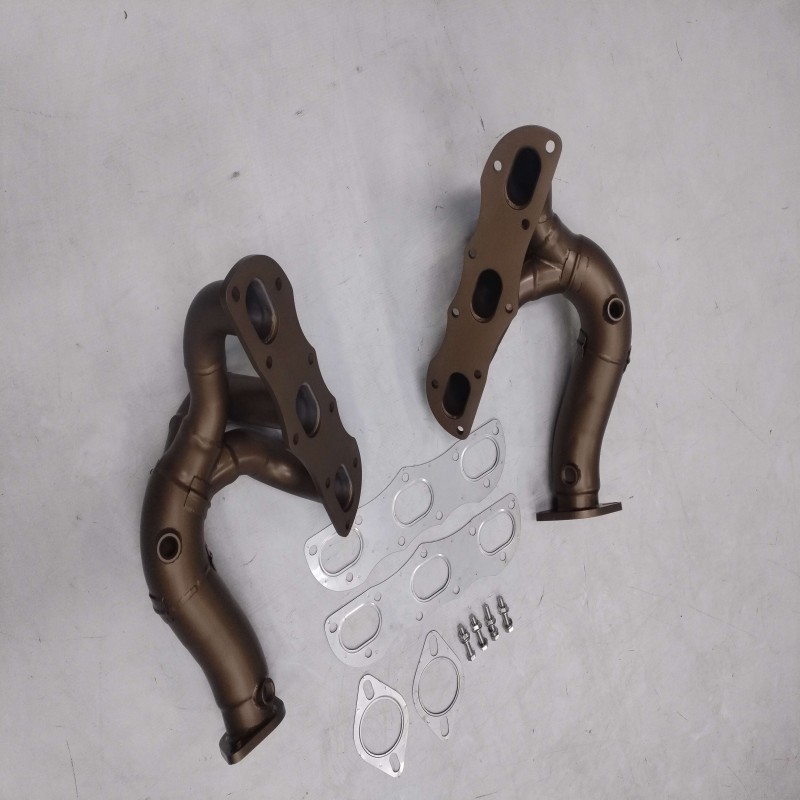The mid-engine layout of the 981 Cayman and Boxster gifts them with perfect balance—but it also traps heat.Once you bolt on a set of high-flow headers, pipe-shell temperatures can exceed 650 °C. The radiant heat silently attacks wiring boots, vacuum lines, coil packs and even the plastic intake manifold.

A thin layer of ceramic coating looks cosmetic, yet it delivers instant advantages both on the road and on circuit.
|
Component |
Coating? |
Reason |
|
Headers |
MUST |
Hottest part, biggest payoff. Do it before first install—surface is clean. |
|
Cat-back |
Skip |
Far from heat-sensitive parts; factory heat shields suffice. |
Q: Will the engine run too cold?
A: Coolant thermostat and radiator control water temp. The coating only blocks radiant heat to the bay—no effect on combustion.
Q: Can the coating flake off?
A: Properly cured industrial ceramic has H-pencil adhesion. Expect 5–7 years of street & track use. Chips from jack slips can be spot-repaired.
Q: How much power will I gain?
A: Heat retention itself does not create horsepower, but it stabilizes intake temps and ignition timing. Expect a “smoother” power curve and less summer heat-soak loss—typically 3–5 whp recovered, not added.
Q:What colors of ceramic tiles are available ?
A:Black, silver and bronze colors now.
Q: Can we obtain a sample for testing?
A: Yes, sample can be provided.
More questions? Please contact our professional sales consultant.
For a Porsche 981, ceramic-coated headers are cheap insurance against the enemy you can’t see: radiant heat. You won’t notice the mod in the parking lot, yet every lap, every red-light summer crawl, the coating is shielding wiring, hoses and your coil packs from an early grave. Do it once—then forget about it and drive.